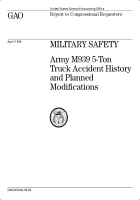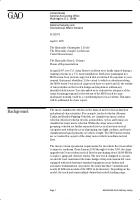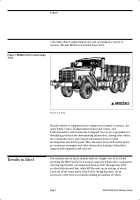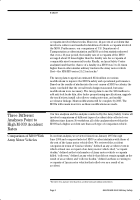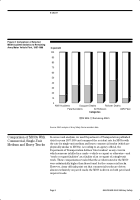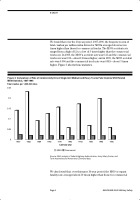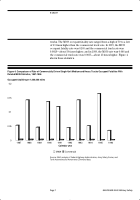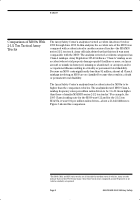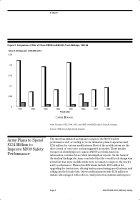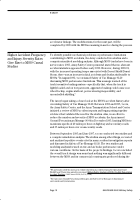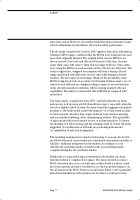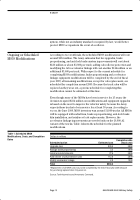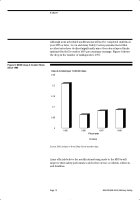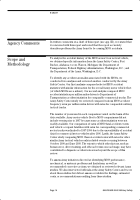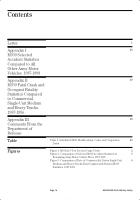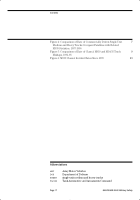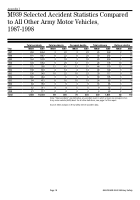GAO-NSIAD-99-82-B-282071 - Page 4 of 23
B-282071
occupants involved these trucks. Moreover, 44 percent of accidents that
involved a rollover and resulted in fatalities of vehicle occupants involved
the M939. Furthermore, our comparison of U.S. Department of
Transportation accident statistics and M939 accident statistics showed
that over a 10-year period, the fatality rate of occupants of the M939
averaged about 30 times higher than the fatality rate for occupants of
comparably sized commercial trucks. Finally, an Army Safety Center
analysis found that the chance of a fatality in a M939 was 3 to 21 times
higher than in other similar military trucks in the Army motor vehicle
fleet—the M34/M35 series 2-1/2 ton trucks.
1
The Army plans to spend an estimated $234 million on various
modifications to improve the M939’s safety and operational performance.
Based on the results of studies into the root causes of M939 accidents, the
Army concluded that the overall truck design was sound, but some
modifications were necessary. The Army plans to use the $234 million to
add anti-lock brake kits, alter brake proportioning specifications, upgrade
the truck’s tires, install cab rollover crush protection, and modify
accelerator linkage. Most modifications will be complete by 2005. The
M939s will remain in service as these modifications are made.
Three Different
Analyses Point to
High M-939 Accident
Rates
Our two analyses and the analysis conducted by the Army Safety Center all
involved comparisons of different types of accident data collected over
different time frames. Nevertheless, all of the analyses showed that the
M939 had a higher accident rate than each type of comparison vehicle.
Comparison of M939 With
Army Motor Vehicles
In our first analysis, we reviewed data from January 1987 through
June 1998 and compared selected M939 accident statistics with those of
the rest of the Army motor vehicle fleet. We reviewed the accident
categories in terms of “fatal accidents,” defined as any accident event in
which at least one occupant of an Army motor vehicle died; “occupant
deaths,” defined as the total number of Army motor vehicle occupants
killed; “rollovers,” defined as any vehicle that did not remain upright as the
result of an accident; and “rollover deaths,” defined as those occurring to
occupants of Army motor vehicles that rolled over as a result of an
accident.
1
The latter two analyses were based on accident rates per million miles driven.
GAO/NSIAD-99-82 Military Safety
Page 3
Back to Top

